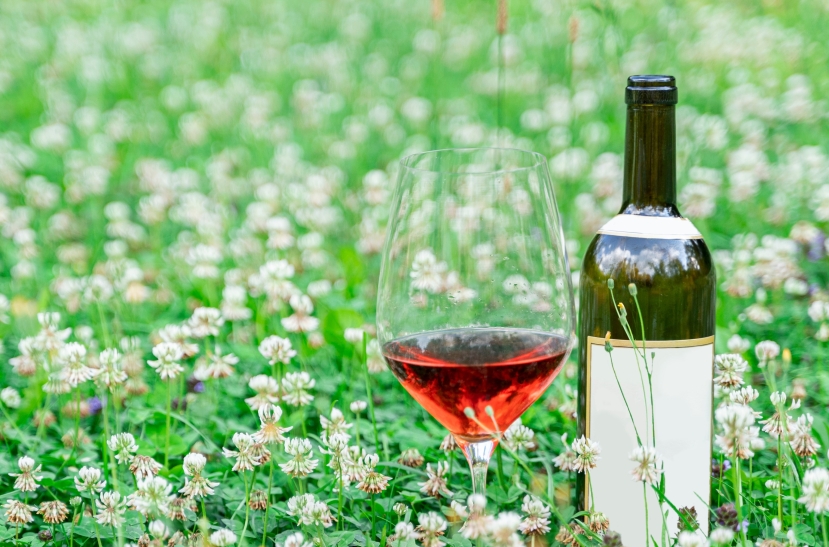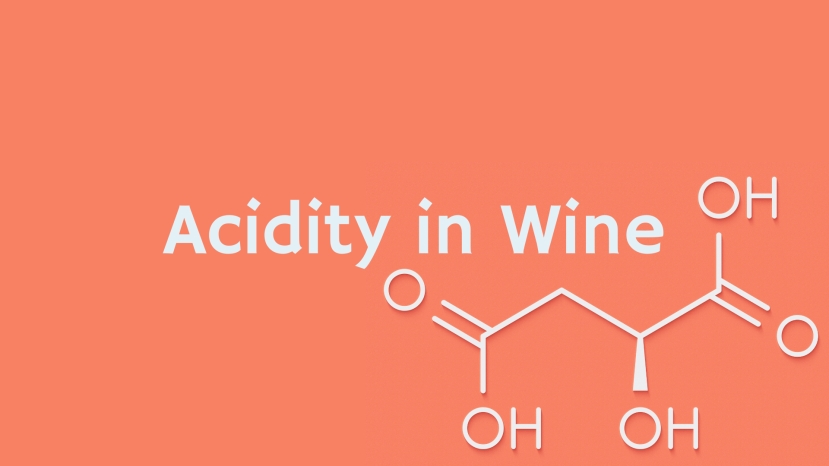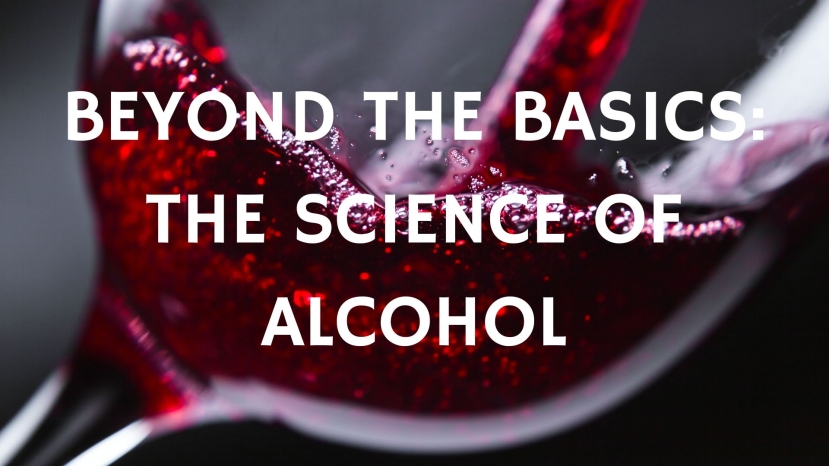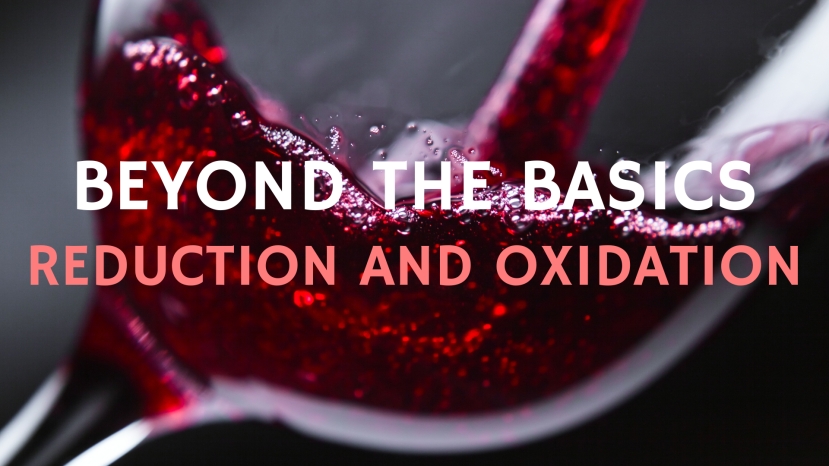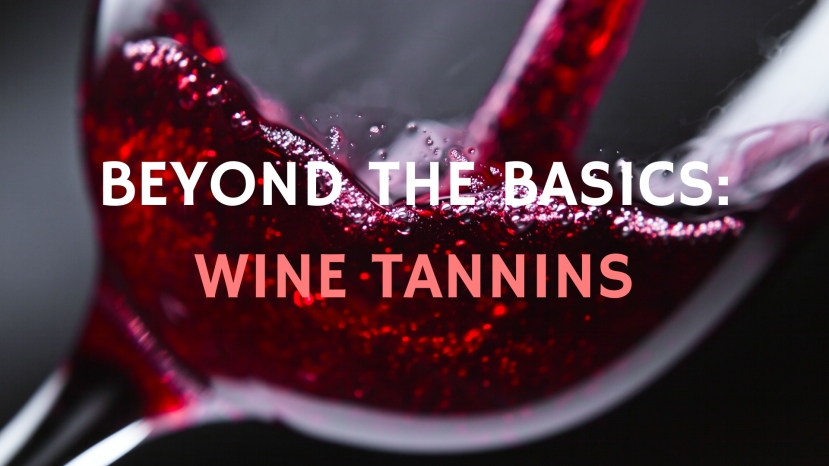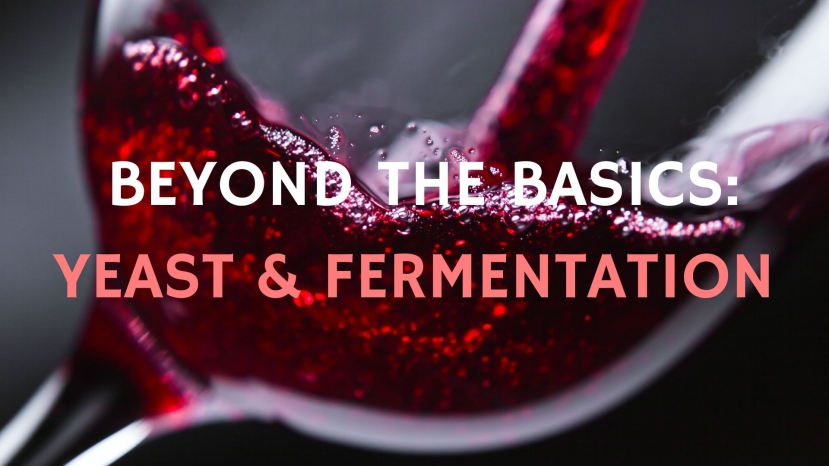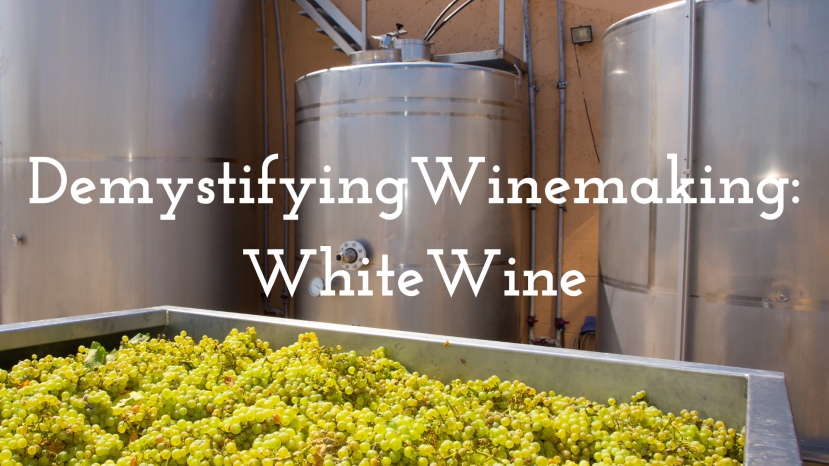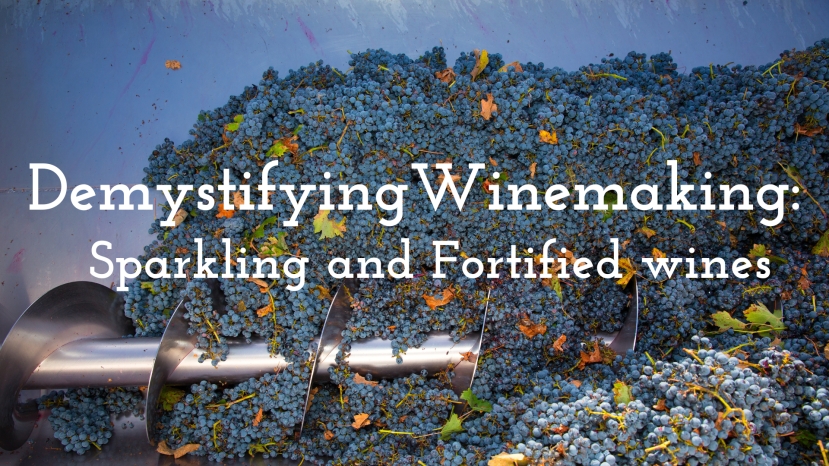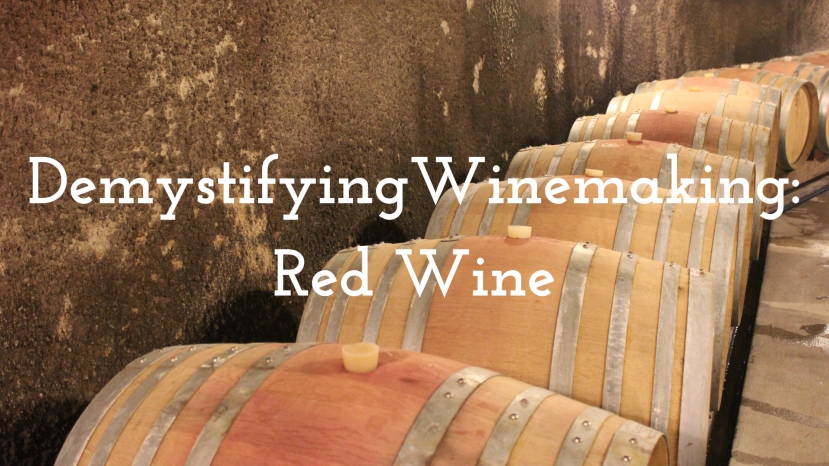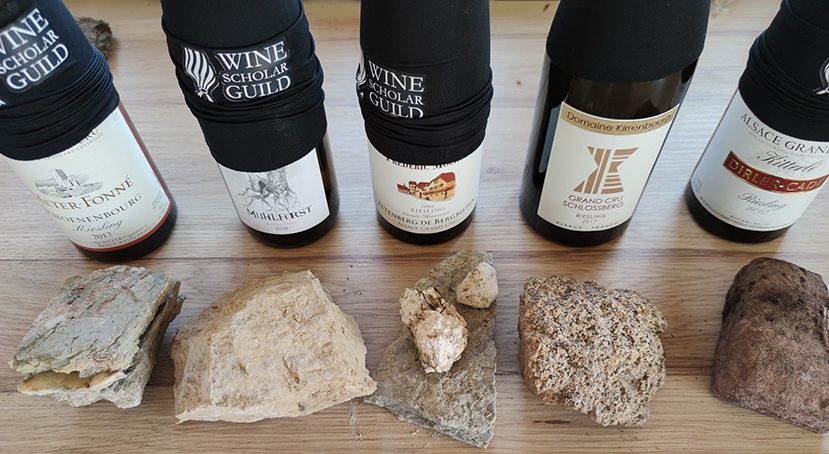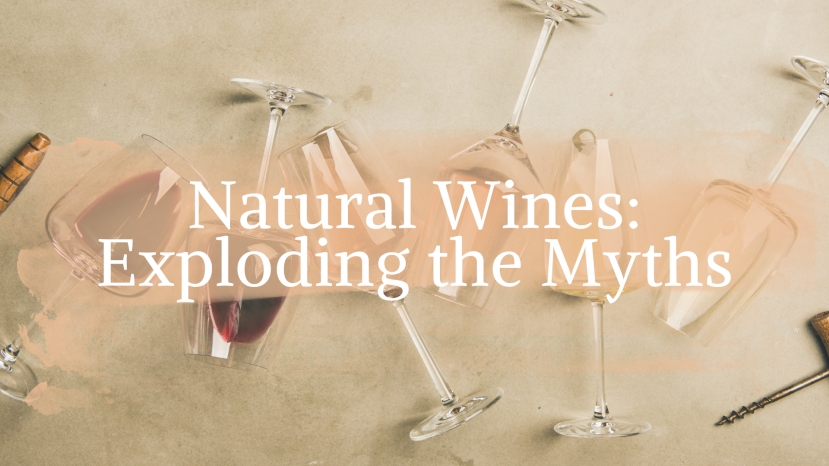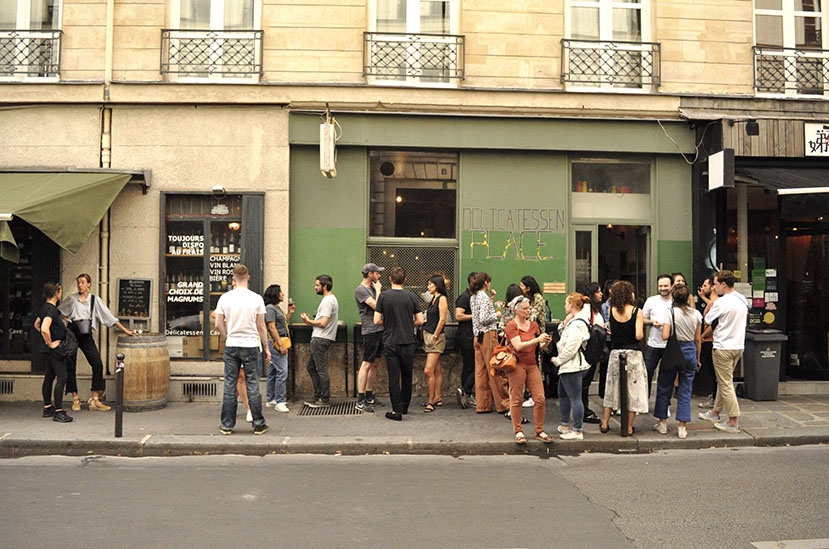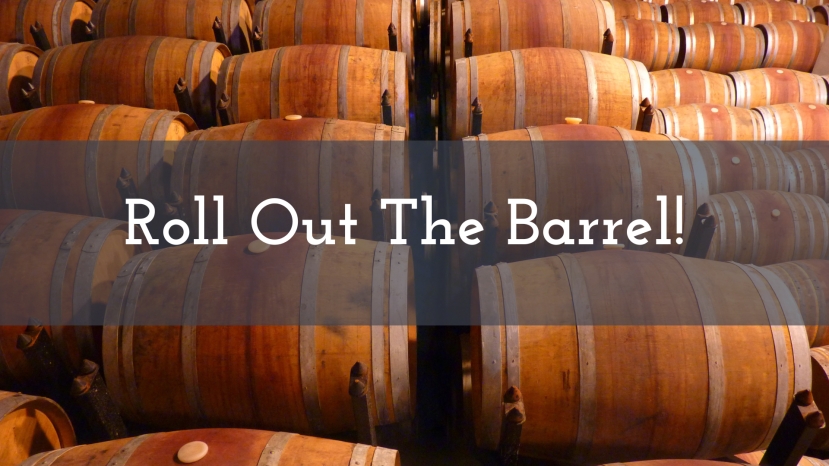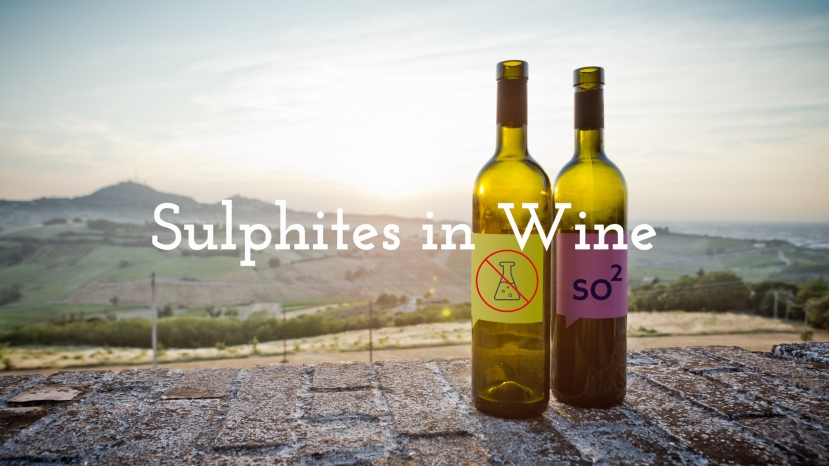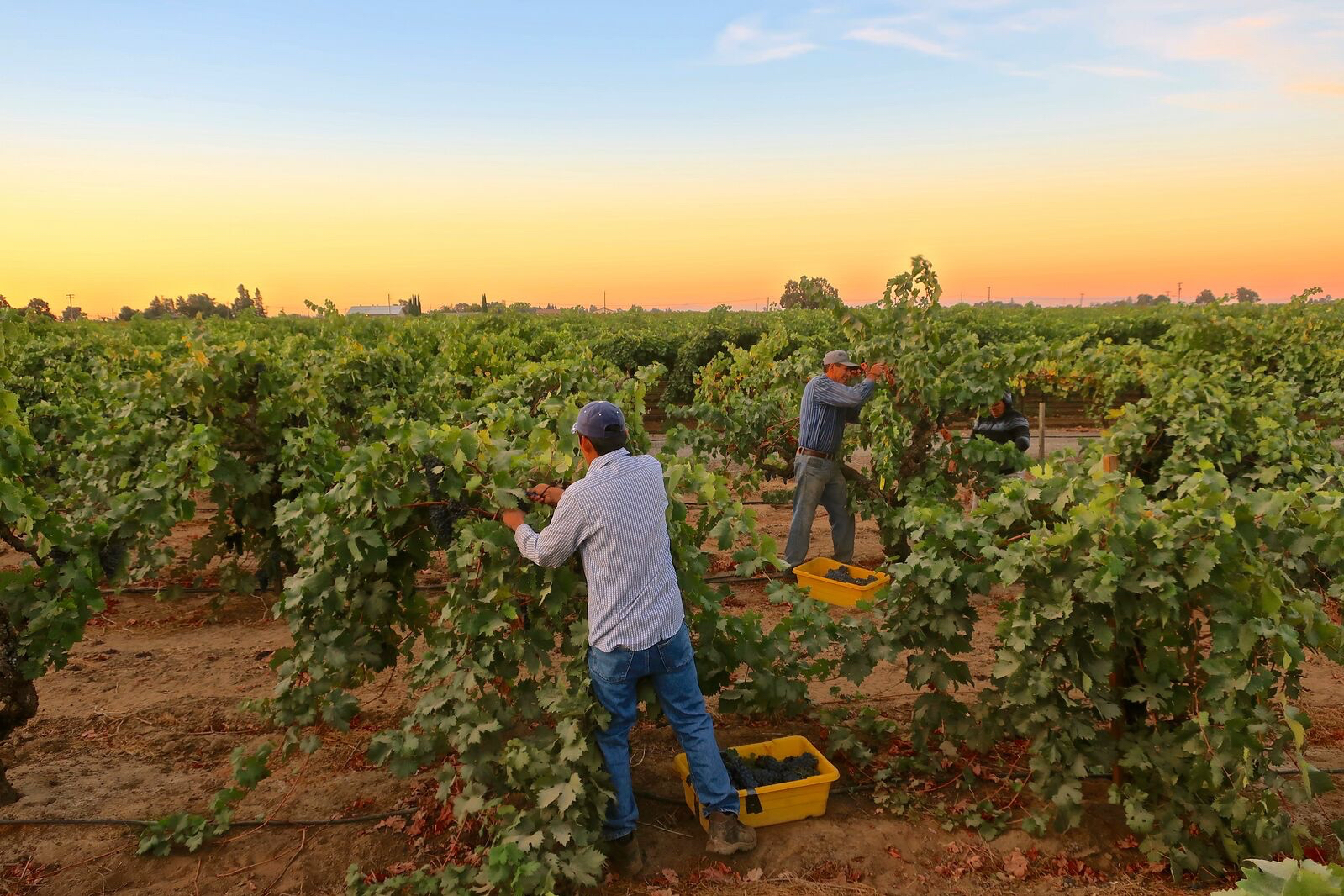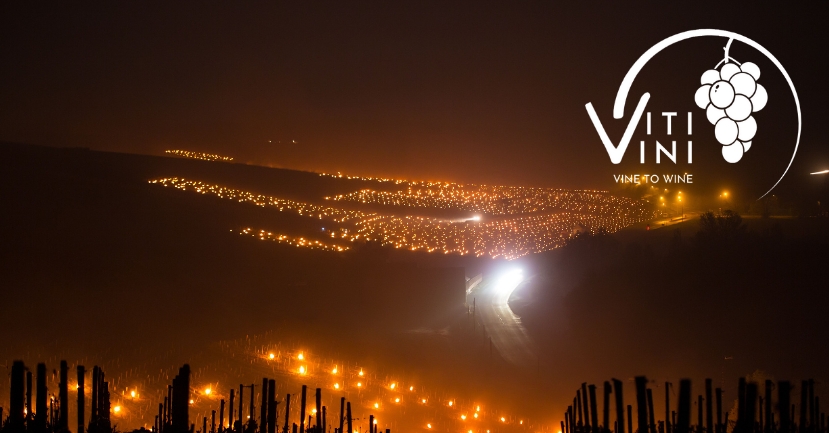BLOG
winemaking
Wine is fermented grape juice…in theory. However, in practice, modern wine may be made by using a wide array of compounds aimed at facilitating the winemaking process, enhancing the product’s organoleptic qualities, or simply fixing problems before or after they arise.
Summary:
Join vigneron Olivier Humbrecht MW, of the famed estate Zind Humbrecht in Alsace, for a deep dive into one of the key building blocks of wine: acidity!
In this WSG Live, you will learn about:
The different types of acids found in grapes and wine and their sensory perception
How to not only quantify but qualify acidity in wine
The viticultural factors influencing
Summary
Join Benoît Marsan PhD, Professor of Science and Wine at the Université du Québec à Montréal as he explores one of wines most crucial components - alcohol. Often over-simplified and regularly misunderstood, the affect of alcohol on our experience of tasting a wine as well as the stability of a wine should not be ignored. We're delighted to be able to offer such an insightful event from one of the world's leading experts on the subject, exclusively to
Summary:
Oxidative, oxidized, reductive, reduced...what do they all mean? Join winemaker Nova Cadamatre MW, as she dives into the Oxidation/Reduction spectrum, what it is, what it means, and how it impacts wine flavors throughout a wine's life.
Presenter: Nova Cadamatre MW
A winemaker with a broad and diverse background, Cadamatre started in wine on the East Coast as a winemaking apprentice with Stargazers Vineyard in 2003. After graduating from Cornell
Summary:
Join us for the latest in our ever-popular 'Beyond the Basics' series. From Ice Wine to Botrytis, Passerillage Pantelleria, there is a plethora of different styles and methods involved in producing these heavenly nectars. We are delighted to welcome back Nova Cadamatre MW to lead this session for a deep-dive into the processes and potential pitfalls involved in making great dessert wines.
About the Speaker:
A winemaker with a broad and diverse
Summary:
Polyphenols, in particular anthocyanins and tannins, are the main contributors to wine color and mouthfeel, and are strongly related to the wine quality evaluation.
In this WSG Live, an introduction to tannin's origin in grapes, evolution during ripening and extraction in the winemaking process will be explained. Moreover, the implication of the technological approach to vinification will be discussed, such as maceration style or the use of oak containers.
Summary:
Join winemaker Olivier Humbrecht MW, of famed estate Zind Humbrechtin Alsace, for a deep dive into these key components of winemaking: yeast and fermentation!
Presenter: Olivier Humbrecht, MW
Olivier Humbrecht studied wine together with wine marketing and wine business for five years in Toulouse, and then got the chance to do his ‘military service’ working for
Summary:
Have you read all about winemaking from books but some concepts are style confusing? Have you ever wanted to dive deeper into a particular winemaking topic but didn't know anyone to ask?
Join winemaker and Master of Wine, Nova Cadamatre for the first of a three-part series which will pull back the curtain on different styles of winemaking. The first part will cover White and Rose styles of wine. Red, Dessert, Sparkling, and Fortified winemaking will be covered
Summary:
We have finally reached part 3 of our winemaking series with Nova Cadamatre MW. In this final webinar, Nova will go over the general production methods of Sparkling and Fortified wines including traditional method sparkling, tank sparkling, and different fortification timings and age factors that influence the final style of wine. It is ideal that either part 1, part 2 or ideally both have been watched before watching this webinar because this will build on the
Summary:
Have you read all about winemaking from books, but still struggle with confusing concepts? Have you ever wanted to dive deeper into a particular winemaking topic but didn't know anyone to ask?
Winemaker and Master of Wine Nova Cadamatre is back for the second of a three-part series that will pull back the curtain on different winemaking styles.
This second webinar covers Red winemaking. The third part will cover Dessert, Sparkling, and Fortified
Is a wine horizontal or vertical? Square or round? Hollow or dense? Relaxed or tensed? Grainy or smooth? This is a small sample of GeoSensorial Tasting vocabulary — a method that seeks to empower the taster to feel, interpret and give voice to wines of place.
By focusing on mouthfeel and assessment criteria such as energy, salivation, geometry, texture and consistency, this methodology helps you to better understand the nuances that a specific terroir, among other factors, brings to wine and helps you to express those nuances. It puts light on how, for example, Chenin Blanc wines from the schist soils of Savennières, the tuffeau of Saumur and the flint-clay and limestone-clay of Vouvray differ from one another. Quite an ambitious undertaking!
Summary:
What do “volatile acidity” and “reduction” smell like? What is the difference between a taint and an off-flavour? Find out at this webinar with sensory scientist Sietze Wijma.
Hundreds of different flavour and aroma compounds have been identified in wine. These can be traced back to different grape varieties, winemaking techniques and microorganisms. However, sometimes things don’t go according to plan. The unintentional appearance of
Olivier Humbrecht MW is one of the most influential winemakers of Alsace. Matt Walls speaks to him about his journey so far, taking in changing styles, biodynamics and the future of the region.
Summary:
It's become one of the hippest and most contentious niches in wine, often poorly understood and derided by the more traditional sectors of the wine trade. But what exactly is natural wine? Is it just fault-ridden hipster juice, cloudy and smelling of cider as some claim?We’ll explore where this movement came from and why winemakers in some parts of the world felt that they had to turn their backs on the
The term natural wine conjures a plethora of reactions. To some it symbolizes a cultural movement towards honest winemaking, to others it is merely a fad for funky wines. The term is as vague as it is vast.
There are some who believe natural should refer only to zero-zero wines (wines that have no added sulfites and apply a minimalist winemaking approach). However, the term is more generally understood as an umbrella status which encompasses any wine made with an attention to the ecosystem and biodiversity, low intervention vinification, and an authentic representation of terroir.
Synopsis:
Masterclass delving into what is new in terroir-focused Beaujolais, covering the region's recent soil mapping project, stylistic evolutions in the 10 crus and beyond, trends from the latest generation of winemakers, latest in sustainable winemaking and climate change adaptation, and more.
About the Speaker:
Jacky Blisson MW is an independent wine educator, video presenter, writer, and consultant with over two decades experience in all facets of the
Wine has been fermented and aged in barrels for centuries. Originally, it was just a convenient material from which to fashion vessels – a bit less cumbersome than clay, and a bit more flexible too. But in the 20th century, the flavour and character of oak became integrable to many popular wine styles, such as the red wines
Summary:
The use of Sulphur Dioxide (SO2), often just referred to as “sulphites”, in winemaking has become a much-debated and even sometimes emotive topic in the 21st century.
In the last few decades with the growth of the natural wine movement, excess use – or sometimes any use – of SO2 has become increasingly frowned on. Some wine drinkers even claim they are intolerant to
WSG is proud be the first Educational Partner of The Old Vine Conference. Read more to find out how this dynamic non-profit organization is actively creating a global network of old-vine disciples while raising awareness through education.
With warmer weather, bud break comes quickly. The tiny buds swell and then quickly reveal small, fuzzy, green leaves as the shoot primordia begin to elongate. These shoot primordia will become fully developed shoots over the next few weeks!
Although the exact timing of bud break varies from location to location and from year to year, cooler growing areas can have bud break as late as May; warmer regions as early as March. Either way, bud break officially starts the new vintage for the vines!
Page 1 of 2
- 1
- 2

